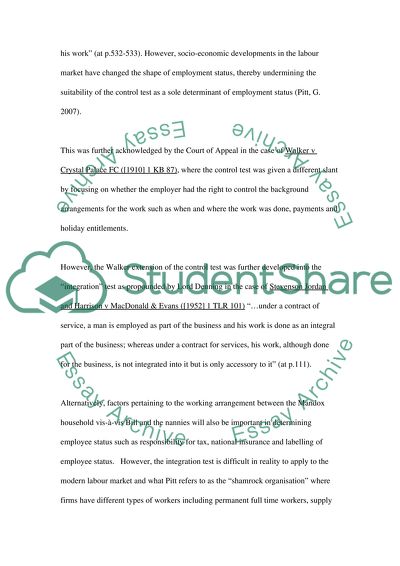Cite this document
(Unfair Dismissal under the UK Employment Law Case Study Example | Topics and Well Written Essays - 1500 words, n.d.)
Unfair Dismissal under the UK Employment Law Case Study Example | Topics and Well Written Essays - 1500 words. https://studentshare.org/law/1554349-uk-employment-law-on-unfair-dismissal
Unfair Dismissal under the UK Employment Law Case Study Example | Topics and Well Written Essays - 1500 words. https://studentshare.org/law/1554349-uk-employment-law-on-unfair-dismissal
(Unfair Dismissal under the UK Employment Law Case Study Example | Topics and Well Written Essays - 1500 Words)
Unfair Dismissal under the UK Employment Law Case Study Example | Topics and Well Written Essays - 1500 Words. https://studentshare.org/law/1554349-uk-employment-law-on-unfair-dismissal.
Unfair Dismissal under the UK Employment Law Case Study Example | Topics and Well Written Essays - 1500 Words. https://studentshare.org/law/1554349-uk-employment-law-on-unfair-dismissal.
“Unfair Dismissal under the UK Employment Law Case Study Example | Topics and Well Written Essays - 1500 Words”. https://studentshare.org/law/1554349-uk-employment-law-on-unfair-dismissal.


